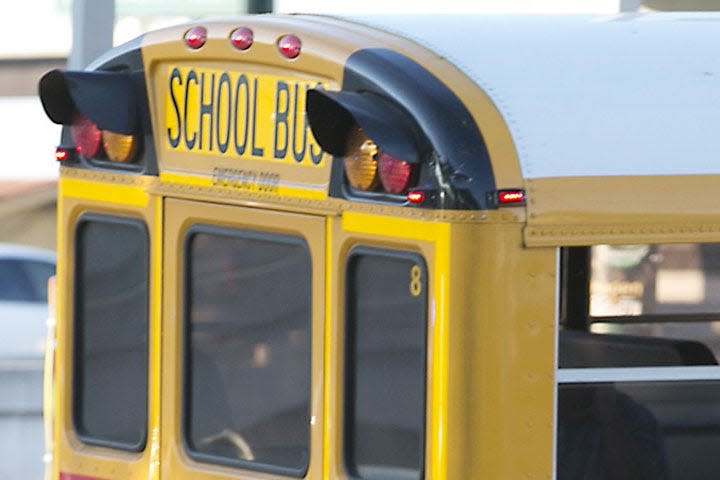Austin student STAAR scores remain steady; some pandemic effects linger

Austin school district students generally remained steady on their state assessment scores from 2022 to 2023, but a smaller proportion mastered grade-level content in reading and middle school math this year, according to State of Texas Assessments of Academic Readiness test data released Wednesday.
Statewide, student achievement in the 2022-23 school year appeared to stay steady but showed lags in mastery of certain grade-level material, according to the data released by the Texas Education Agency.
The test scores come after a significant redesign of the STAAR test for the spring 2023 exam, which many educators worried would pose new challenges for students and was changed amid ongoing efforts to bring students back up to grade-level standard after enduring pandemic-related learning disruptions.
In general, Austin students performed better than the state average on reading, science and elementary math.
Austin middle school math scores were generally lower than the statewide average, and district students performed far worse than the state average in Spanish language math and reading tests.
Only 19% of third graders taking the Spanish reading STAAR test met grade-level standards compared with 26% for the state. In math, only 6% of Austin third graders taking the Spanish test met grade-level expectations, compared with 23% statewide. Last year, nearly double — 11% — the Austin third graders taking the Spanish math test met grade-level standards, according to the data.
Compared with last year, slightly fewer Austin students passed the reading STAAR test this year, but students experienced significant dips among those who met or mastered grade-level content, according to the scores.
In 2022, 61% of Austin third graders met grade-level standards, compared with 57% for the 2023 test. Middle schoolers’ scores on the reading STAAR test dipped slightly.
The percentage of Austin eighth graders who met grade-level standards fell from 57% to 56% from 2022 to 2023 and those who mastered the content fell from 40% to 33%, according to the data.
Elementary math scores for Austin students showed little change from 2022, while a larger proportion of middle schoolers passed or did well on math, according to the data.
In 2023, 43% of eighth graders met grade-level math requirements, compared with 40% last year, according to the data.
Check your child's STAAR score here: https://www.texasassessment.gov/
The good news is that reading and math scores are heading in the right direction, said Jonathan Feinstein, Texas director of nonprofit Education Trust.
However, educators still have a lot of work to do, he said.
“Despite that progress, just over half of Texas students are on grade-level in reading, and fewer than half are on grade level for math,” Feinstein said. “The gaps that existed before the pandemic for students of color and students of low-income backgrounds have only grown wider.”
Statewide, many districts are still struggling to bring students who went through pandemic-related disruptions up to grade-level standards.
Many administrators also worried scores might be lower this year because of the STAAR test's redesign that the TEA launched this spring. Students now take the test entirely on a computer and must complete several short-answer questions, for which they type out responses instead of picking from a multiple-choice selection.
TEA officials also said the test questions would be more aligned to materials students learn in the classroom.
It’s difficult to tie test score changes directly to either pandemic recovery or the newly redesigned STAAR test, said David DeMatthews, a University of Texas associate professor in the Department of Educational Leadership and Policy.
“In a sense, you’re comparing apples to oranges,” DeMatthews said, referring to the old and new tests.
What’s clear is that pandemic recovery work isn’t over yet, he said.
“The pandemic did harm to kids, and schools still have a long way to go,” DeMatthews said.
While the data are trending in the right direction, state leaders should realize the scores still leave a lot of room for improvement, said Mary Lynn Pruneda, senior policy adviser with policy think tank Texas 2036.
"To ensure every student has the chance to achieve their full potential, we must continue to invest in our public schools and in the data-driven strategies that help students succeed," Pruneda said.
This article originally appeared on Austin American-Statesman: Texas student STAAR scores remain steady; some pandemic effects linger

